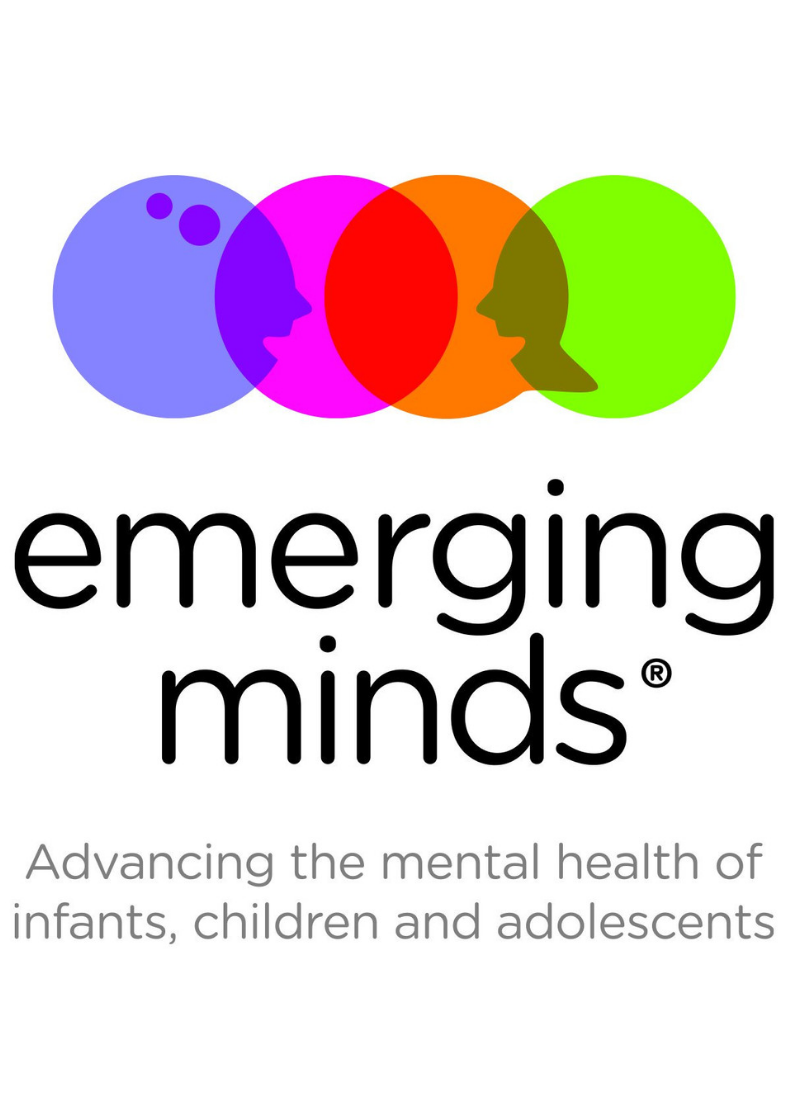The NPY Women’s Council’s Strengthening Community Capacity to End Violence project describes how traumatic events impact Aboriginal and Torres Strait Islander children’s wellbeing.
Exposure to family violence and traumatic events has long-lasting effects. Children’s brains and bodies are malleable, making trauma faster to manifest and leaving deep tracks of damage. In these circumstances, children’s brain and body systems will be harmed, affecting the way they react and relate to others and to their physical environment. (Tucci et al., 2017)
Traumatic events reduce the capacity of the thinking part of children’s brains to shape the way they react to challenges in their environment. As a result, children and young people appear to behave instinctively and sometimes inappropriately, without knowing why.
They are also not able to easily influence their feelings when faced with perceived threat or increases in their experience of stress. This impairs the growth and activity of the connecting structures between the left and right hemispheres of the brain.
As a result, children find it difficult to know, name and express their feelings. They can find it difficult to read social cues and respond in social exchanges. Traumatic events increase children and young people’s base arousal level such that they live in a constant state of vigilance and heightened alarm.
As such, vulnerable children and young people are easily triggered by seemingly minor issues.
Their responses are often seen as coming ‘out of the blue’ or as ‘over reactions’ to situations.


